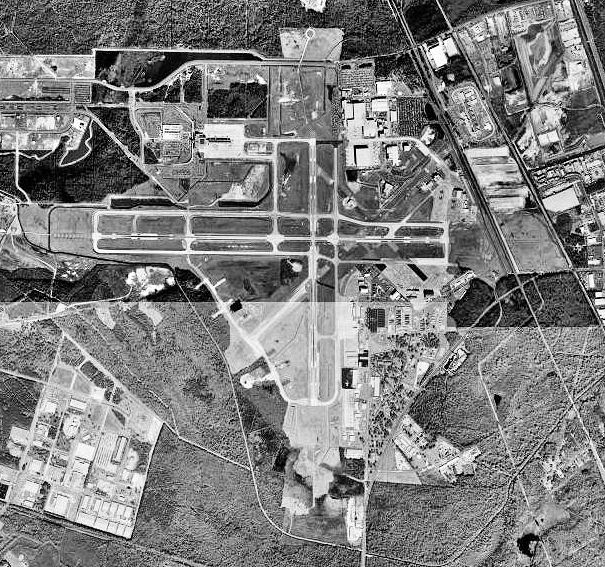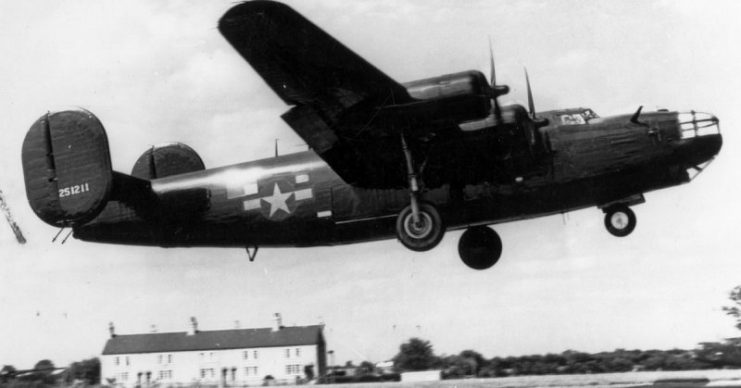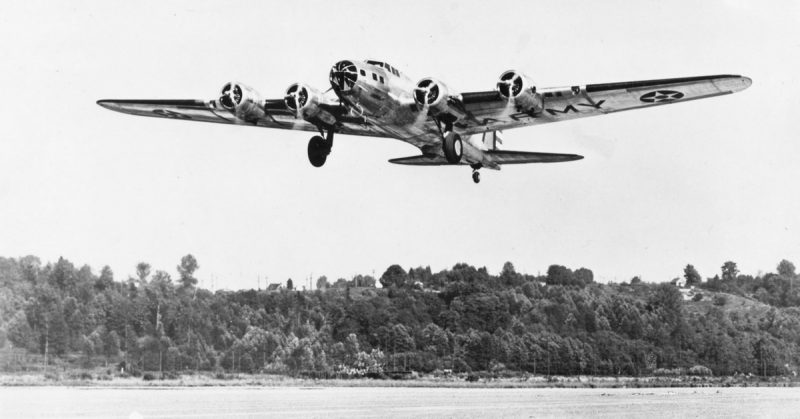The Savannah/Hilton Head International Airport in Georgia reached a record in 2017, handling 2,462,881 commercial airline passengers, positioning itself as one of the most important airports in the U.S.A., and the second busiest airport in Georgia, first being the Hartsfield–Jackson Atlanta International Airport.
But, in the midst of arrivals and departure, jumbo-jet fumes and noise, a strange ghost story haunts the vast corridors of the Savannah/Hilton Airport. Pilots and other staff members often talk about ghosts appearing on the runway, but these claims remain in the area of superstition. In fact, regional airline captain Lisa Ruedy wrote on the All Things Aero blog about this legend:
“It’s said, that if you are coming into land just after sundown, two figures will appear just along the north side of the runway.”
What forms the basis of the ghost story, however, is an actual historical event, which ended in two gravestones being embedded in the runway of the airport. How did this happen?

Well, it all started during WWII, when a military airport was built on the land, which was then owned and farmed by the Dotson family. The parcel in question was used as a family cemetery it included more than a 100 graves where family members, as well as slaves, were buried. Catherine and Richard Dotson were buried there in 1877 and 1884, respectively.
The Dotson farm was located on the outskirts of Savannah, back in the days when it was still called Cherokee Hills.
In the wake of WWII, the farmland was chosen as a take-off spot for B-24 “Liberators” and B-17 “Flying Fortresses” that were campaigning across the Atlantic Ocean. The spot was chosen because prior to the war, the bulk of both civilian and military air travel revolved around the makeshift runway in Savannah.
When the army struck an agreement to build the airstrip with the Dotson family, the graves were moved to another location. But, the Dotsons had one condition which even the U.S. Army had to follow through.

They demanded that the graves of Catherine and Richard Dotson remain undisturbed. The army honored the deal, and the graves of the original landowner remained in the vicinity of the military airport. This was actually more common than people would think. The vast farmlands often included cemeteries for family members and, once the great expansion of airfields, both military and civilian, occurred in the United States by the mid-20th century, the fields largely owned by farming families were most suitable for building terminal hubs and runways.
So, family cemeteries around the U.S. met the similar fate to the Dotson’s, but it was only in Savannah that the gravestones were literally built into the runway. During the 1980s, when the Savannah/Hilton Head International Airport started building its extension to Runway 10, the Dotson’s descendants were contacted. Once again, the family refused to relocate the remains of their ancestors.
Since it is impossible to move the remains without the consent of the next of kin, the people from the Savannah/Hilton had to pave over the graves in order to build their runway. The Dotson family refused to move Richard and Catherine from the grave site, as their wish would be to forever stay buried on the land they worked hard to cultivate.
This is how the Savannah/Hilton Airport paid its respects and reached a consensus with the Dotson family by embedding the two tombstones into the runway, which can still be seen along the north side of the strip.
